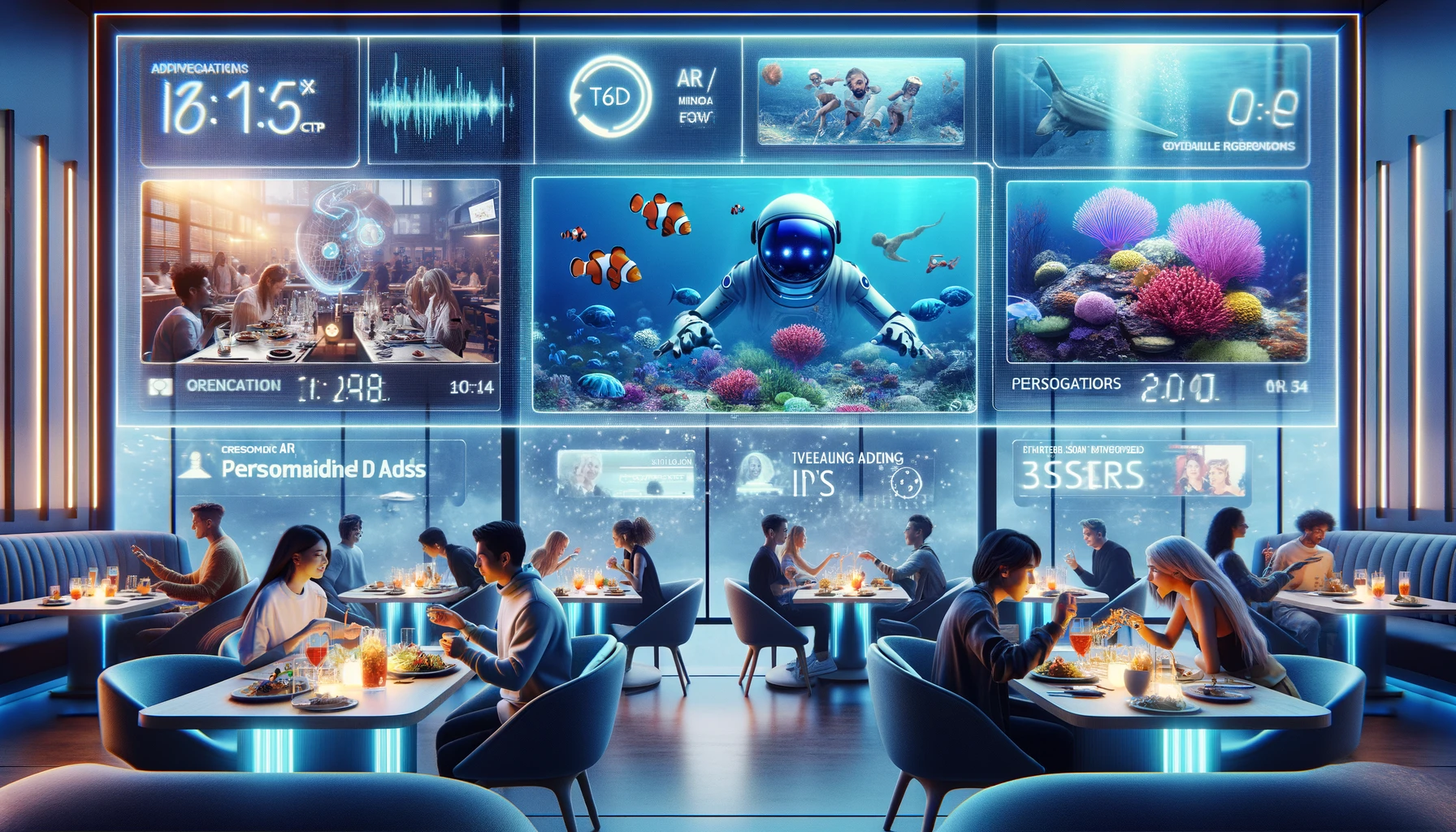When we think of dining out, the quality of the food, the service, and the ambiance of the restaurant are often the first things that come to mind. However, there’s another element that can significantly enhance the dining experience, yet is frequently overlooked: TV programming. Smartly curated television content has the power to transform the atmosphere of a restaurant, entertain guests, and even influence their mood and length of stay. In this expansive exploration, we delve deep into the strategies and benefits of integrating TV programming into the dining experience.
Setting the Scene with Strategic Screen Placement
Strategically placing screens within a restaurant can create focal points and stimulate conversation. The positioning of TVs should be carefully considered to complement the restaurant’s layout, ensuring that they enhance rather than distract from the dining experience. Screens can be used to showcase sports, news, or entertainment, but the key is to match the content with the restaurant’s theme and clientele’s preferences.
Case Study: Sports Direct’s Dynamic Dining
Take, for instance, the innovative approach of Sports Direct. This well-known brand has mastered the art of screen placement in its dining areas. By broadcasting live sports events, they tap into the emotional highs of the games, creating an electrifying atmosphere that’s hard to replicate with any other form of entertainment. It’s a strategy that not only draws in sports enthusiasts but also encourages longer stays and increased spending.
Curating Content to Match the Culinary Theme
The power of TV programming extends beyond just having screens; it’s about curating the right content. A seafood restaurant might benefit from oceanic documentaries that complement the maritime theme, while a family diner could opt for kid-friendly shows to keep younger diners engaged. This thoughtful curation can elevate the dining experience by creating a cohesive narrative between the cuisine and the visual entertainment provided.
Enhancing Ambiance with Themed Programming
Themed programming can also enhance the ambiance of a restaurant. For example, a fine dining establishment might choose to display artful cinematography or soothing landscapes to create a serene dining environment. This not only entertains guests but also aligns with the sophisticated atmosphere that patrons expect from a high-end dining experience.
Interactive Experiences and Social Engagement
TV programming can also be interactive, offering trivia games or social media feeds that engage customers and prompt interaction. This not only entertains but can also lead to increased dwell time and customer satisfaction. Interactive experiences can turn a meal into a memorable event, encouraging patrons to return and share their experiences with others.
Leveraging Social Media for Enhanced Engagement
By integrating social media feeds on screens, restaurants can encourage patrons to share their dining experiences in real-time, amplifying word-of-mouth marketing. This type of engagement can create a buzz around the restaurant, attracting a broader audience and fostering a sense of community among guests.
Maximizing Revenue with Strategic Programming
TV programming can also be a strategic tool for boosting revenue. Showing pay-per-view events or season finales can draw crowds and create special dining events. Additionally, by displaying promotions or upcoming events on screens, restaurants can cross-promote services and encourage repeat visits.
Implementing Targeted Advertising
Targeted advertising via on-screen displays can inform guests about special offers, loyalty programs, or featured menu items, directly influencing their spending choices. This subtle form of marketing can enhance the customer experience by making them feel informed and appreciated.
Conclusion: The Future of Dining with TV Programming
The integration of TV programming into the dining experience is a trend that’s here to stay. As we’ve explored, its impact is multifaceted, offering benefits that extend far beyond mere entertainment. From creating a unique atmosphere to fostering social engagement and driving revenue, the strategic use of TV content in restaurants is a testament to the power of multimedia in enhancing customer experiences. As dining establishments continue to innovate, we can expect to see even more creative uses of TV programming that not only delight guests but also contribute to the restaurant’s overall success.
Restaurateurs who embrace this trend will find themselves at the forefront of the industry, offering a dining experience that’s truly enhanced by the power of TV programming.







